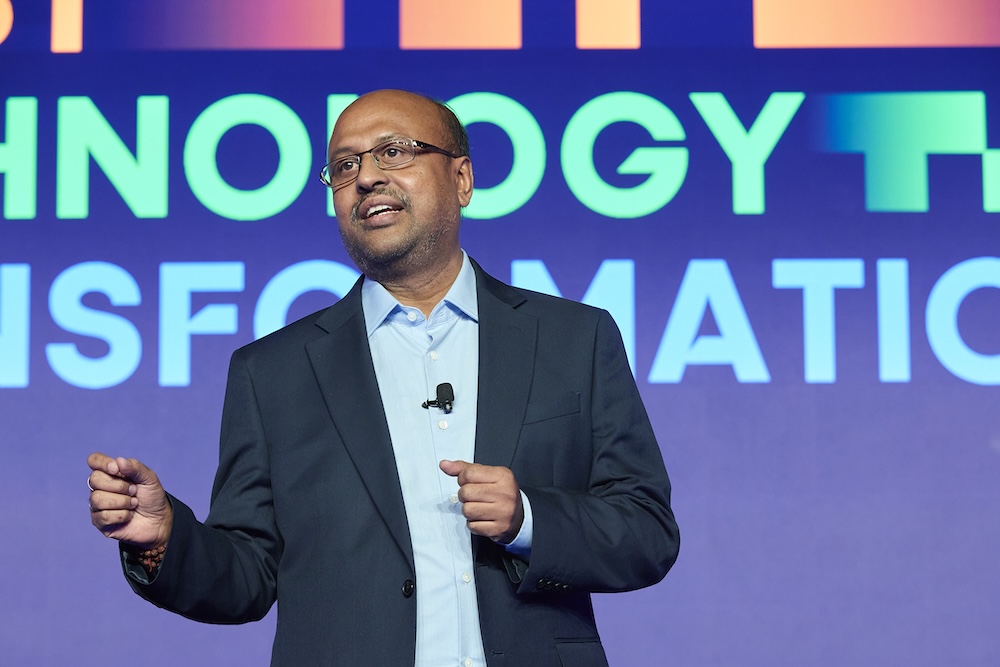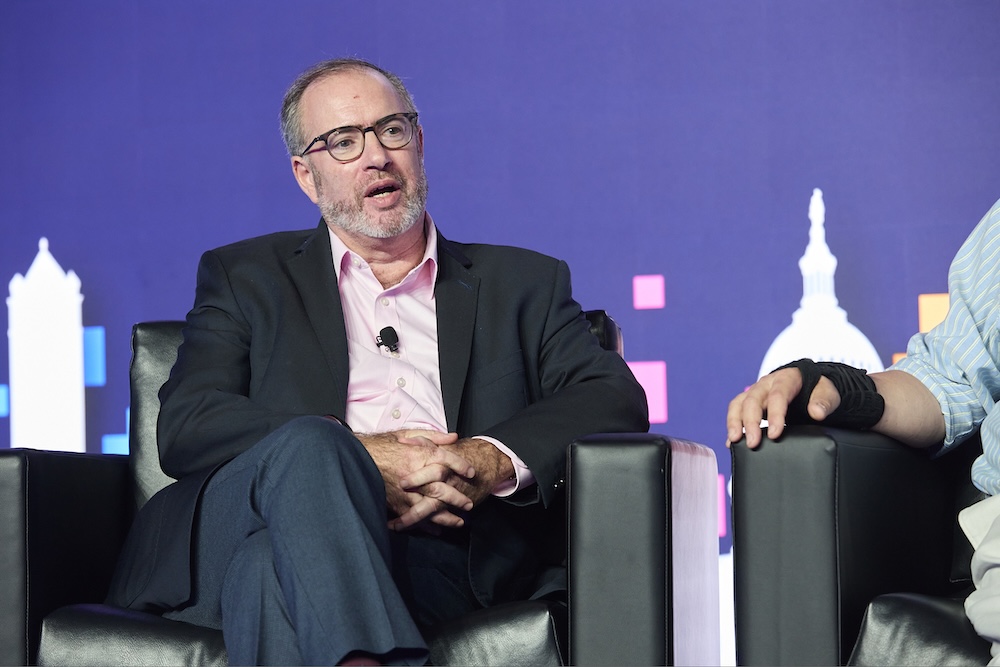-
Fraud Mitigation & Data Integrity
Essential tools for trust, integrity, fraud prevention & regulatory compliance.
- Driving Confidence in Telecom Through the Trust Framework
- RealNumber DNO – Prevent Fraud on Voice & Text
- RealAgent – Avoid Potential TCPA Violations
- RealBrand – Reinforce a Phone Number’s Identity & Reputation
- Global Number Range – Gain Authoritative Number Intelligence
- Live Status – Query Real-Time Mobile Number Intelligence
- Number Portability Query – Access Accurate Local & Global Number Portability Details
-
Routing Optimization
Gain access to authoritative routing data to create the ultimate routing intelligence for your traffic.
-
Number Administration
Empowering connectivity as the FCC appointed administrators for critical numbering registries.
-
Connected Device Intelligence
Gain total transparency to your IoT assets’ current state and vulnerabilities.
Insights
Powering Real-Time Fraud Prevention with GBG, Verizon, Bank of America and XConnect
 The 2025 Somos Summit brought together global thought leaders, industry experts and innovators to explore the intersection of Trust, Technology & Transformation. Held just outside Washington, D.C., this year’s event featured insightful sessions and meaningful conversations focused on advancing the telecom ecosystem and shaping the future of trusted communications.
The 2025 Somos Summit brought together global thought leaders, industry experts and innovators to explore the intersection of Trust, Technology & Transformation. Held just outside Washington, D.C., this year’s event featured insightful sessions and meaningful conversations focused on advancing the telecom ecosystem and shaping the future of trusted communications.
The session opened with Gautam Hazari, Chief Product and Innovation Officer at XConnect, who traced the long history of fraud – from an insurance scam in 300 BC to today’s AI-driven phishing campaigns. Gautam explained how generative technology has transformed deception, saying, “These phishing messages are not just accurate or personal – they make us emotional, they hijack our instincts.” He emphasized that combating this “post-generative” era of fraud requires data-driven collaboration across the telecom ecosystem.

Joining him on stage were Eli Katz, CEO and Founder of XConnect; Steve Schwed, Fraud Deterrence Manager at Verizon; Gus Tomlinson, Chief Product Officer for Identity at GBG; and Micah Semon, VP of Cybercrime Defense at Bank of America. Together, they explored how mobile network data is becoming central to detecting and preventing scams in real-time.
Eli Katz noted that “data is at the core of modern fraud management,” and that the shift from static information to real-time network signals is transforming response speed and accuracy. “Has this SIM been swapped …in the last few seconds?” he said. This kind of information provides a real advantage.
Gus Tomlinson described the threat landscape in stark terms: “Terrifying is the right adjective.” She explained how synthetic identities, AI-generated phishing kits, and even fraudulent “customer service” operations are fueling a global criminal economy. “Every single time a genuine person puts the phone down, the next call powered by AI learns from that success,” she warned.
Representing the financial sector, Micah Semon explained that criminals are automating fraud at scale. “Fraud kits now use automation to harvest credentials, load them into wallets, and commit fraud in real time,” he said, emphasizing the need for faster signal-sharing between banks and telecoms to stop these attacks before they escalate.
There are operational and regulatory challenges of turning telecom data into actionable intelligence. Steve Schwed remarked, “We can’t flip it around and distribute it fast enough,” he said. “But collaboration is the only way forward.”
In closing, Gautam tied the discussion together with a reminder that the future of fraud prevention depends on uniting technology and trust. “Fraud has evolved since 300 BC,” he said. “And so must our tools. The ‘I’ in SIM stands for identity – and that’s where the future of fraud prevention begins.”
Key Takeaways
-
Fraud is Evolving Faster than Ever: Generative AI enables personalized, emotionally manipulative phishing that’s harder to detect and resist.
-
Real-time Data is the New Frontier: Shifting from static checks to live network intelligence allows fraud to be detected and stopped in seconds.
-
Identity is the Foundation of Trust: Mobile intelligence and verified identity data form the backbone of modern fraud prevention.
-
Cross-sector Collaboration is Essential: Banks, telecoms and identity providers must share actionable data to stay ahead of organized criminal networks.
-
Privacy and Speed Must Align: Effective defense depends on balancing data protection with rapid, coordinated response.
Experience the full conversation at your convenience by watching the on-demand recording today!
Stay Connected
Stay in touch! Sign up for our monthly newsletter.
Need to reach us sooner? Call, text, or email us at:
844.HEY.SOMOS help@somos.com